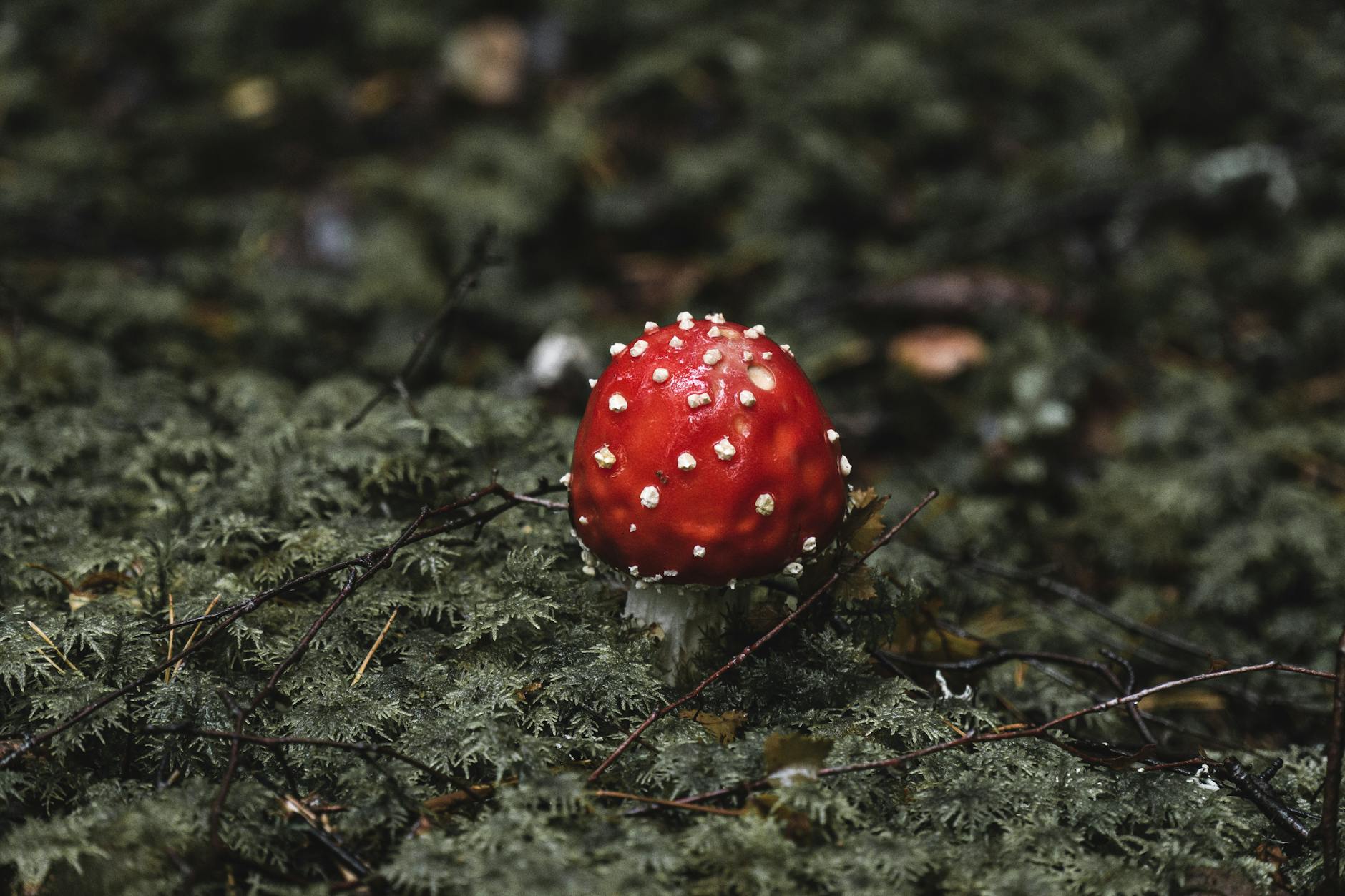Death Cap mushrooms are a serious danger in the wild, often mistaken for edible varieties due to their similar appearance. It is crucial to be able to identify and survive a Death Cap encounter, as these poisonous mushrooms can be deadly if ingested. In this article, we will provide essential tips to help you differentiate Death Caps from other mushrooms, avoid ingestion, and take action in case of accidental consumption.
Identifying Death Caps
To spot a Death Cap mushroom, look for a large, creamy white cap with a green tint, a skirt-like annulus, and a bulbous base. The gills are white and do not attach to the stem, a key feature that distinguishes them from safe mushrooms. Another characteristic is the sac-like volva at the base of the stem. Remember, when in doubt, it is best to leave the mushroom untouched rather than risk consuming a toxic specimen.
Avoiding Ingestion
Prevention is key when it comes to Death Caps. Educate yourself on local mushroom species, and if you are unsure about a mushroom’s identification, do not eat it. Be cautious when foraging in the wild, as Death Caps can often grow near edible varieties. It is crucial to double-check the identity of any mushroom before consuming it, as mistakenly picking a poisonous mushroom can have severe consequences.
What to Do If You Ingest a Death Cap
If you suspect that you or someone else has ingested a Death Cap mushroom, seek immediate medical attention. Do not wait for symptoms to appear, as Death Caps contain toxins that act quickly and can cause irreversible damage to vital organs. It is essential to provide healthcare professionals with as much information as possible, including a description or photograph of the mushroom ingested.
Survival Tips
In the unfortunate event of mushroom poisoning, remember to stay calm and seek help promptly. Do not induce vomiting unless advised by a medical professional, as this can worsen the situation. Stay hydrated and try to recall the time and amount of mushroom ingested, as this information will assist healthcare providers in determining the best course of action. Time is of the essence when dealing with mushroom toxicity, so do not delay seeking medical assistance.
Conclusion
Identifying and surviving Death Cap danger requires knowledge, caution, and quick action. By familiarizing yourself with the distinct characteristics of Death Cap mushrooms, avoiding ingestion of unidentified mushrooms, and knowing how to respond in case of accidental consumption, you can reduce the risk of mushroom poisoning. Remember, when it comes to foraging for wild mushrooms, it is always better to err on the side of caution. Stay safe, stay informed, and enjoy the wonders of nature responsibly.


